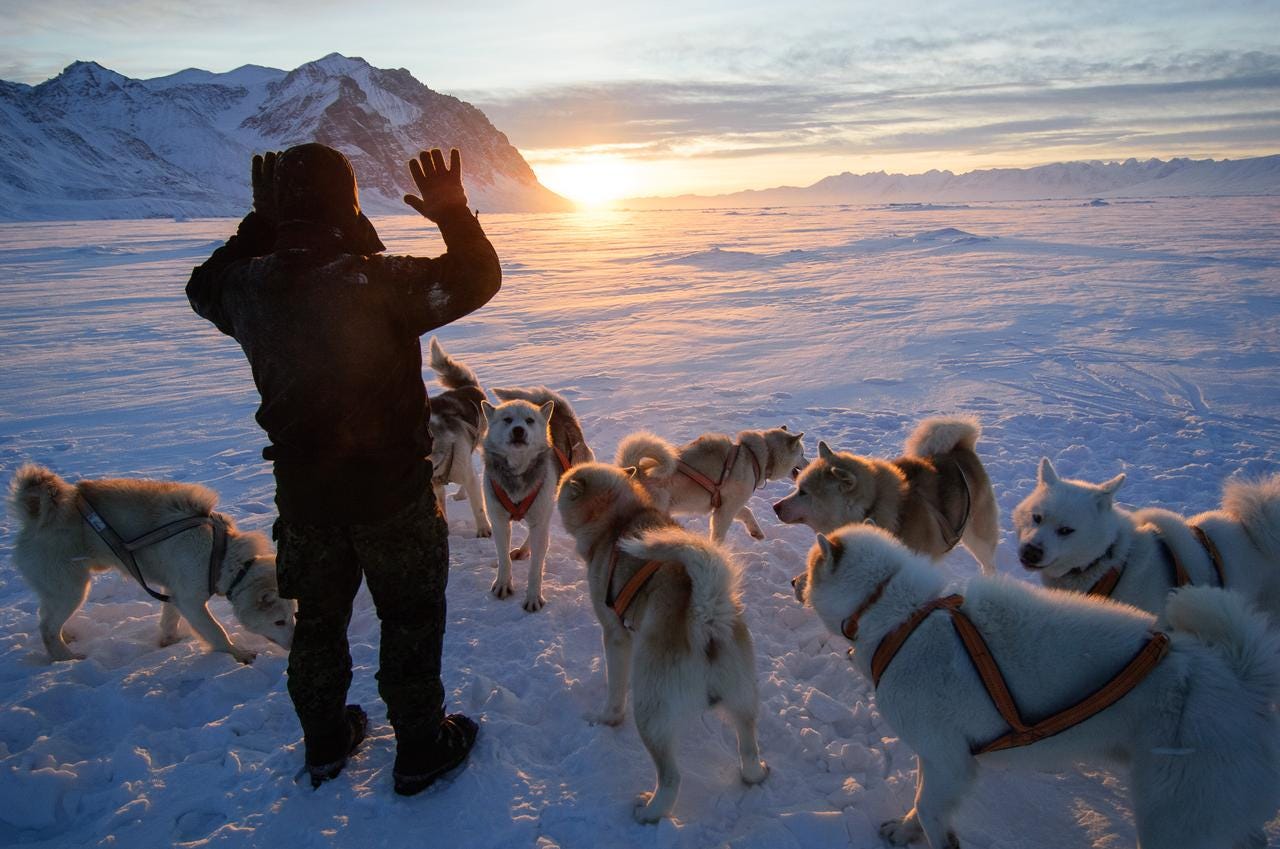The Photographer at the Top of the World
When a Danish special forces operative was stationed in remote Greenland, he found his calling: getting up-close and personal with the rarified creatures on the edge of the Earth.

Interview by Brendan Spiegel
When Morten Hilmer joined the Danish special forces a decade ago, he had no idea how definitively it would shape his life. His assignment: patrol the remote coast of Greenland, by dog sled. Hilmer and five compatriots were flown to the very top of the frozen land mass (an autonomous country within the Kingdom of Denmark), equipped with a team of 12 sled dogs, and given four and a half months to work their way down the isolated island. The journey, in which he encountered polar bears, musk oxen, Arctic foxes and more, inspired Hilmer to get even closer to nature. Today he’s a full-time polar photographer specializing in the coldest regions of the planet — places like Svalbard, a glacier-covered archipelago more than 500 miles north of mainland Norway. Producer Paolo Impagliazzo accompanied Hilmer and a team of dogs to Svalbard for two weeks to produce “Silence of the North,” which also features footage from Greenland, Norway and other lands above the Arctic …
Keep reading with a 7-day free trial
Subscribe to Narratively to keep reading this post and get 7 days of free access to the full post archives.




